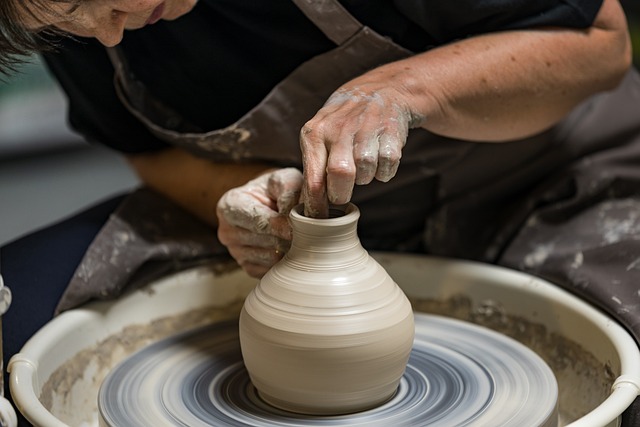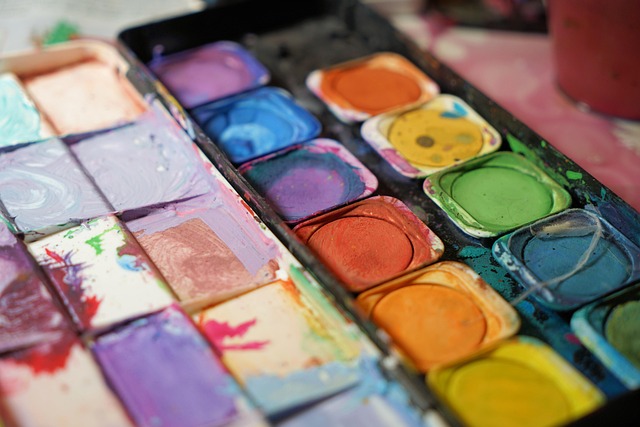The Art of Form Design: A Guide for Graphic Designers
In the world of graphic design, form design is not just a technical skill; it’s an art form that merges functionality with aesthetic appeal. Every designer knows that the first impression is often the last, and form design plays a crucial role in captivating your audience. Whether you’re designing a simple contact form or a complex survey, the nuances of form design can make or break user experience.
Understanding the Basics of Form Design
At its core, form design is about arranging information, fields, and controls into a coherent structure that users can easily comprehend and navigate. Elements such as text fields, checkboxes, buttons, and labels must work together seamlessly. The fundamental goal is to guide users toward completion without causing frustration. Balancing usability with creativity can lead to a harmonious design that not only fulfills its purpose but also pleases the eye.
Prioritize User Experience
One of the most critical aspects of effective form design is understanding user experience. Remember, the primary objective is to facilitate interaction. Start with defining the goals of your form. What action do you want users to take? Is it signing up for a newsletter, making a purchase, or submitting feedback? Clarity of purpose allows you to streamline the form by including only necessary fields, reducing cognitive load, and minimizing distractions.
Visual Hierarchy Matters
A well-structured layout can significantly improve readability and usability. Establish a clear visual hierarchy by using contrasting colors, font sizes, and spacing. The most important elements should stand out, guiding users through each step of the process. Group related fields together, and use headings or sections to break up a long form. This makes the information more digestible and encourages users to complete the form rather than abandon it halfway through.
Harness the Power of White Space
Don’t underestimate the importance of white space in form design. It plays a vital role in creating a clean, organized look while also enhancing readability. Sufficient spacing between fields not only helps to isolate different sections but also reduces the feeling of clutter. A spacious form can evoke a sense of calm, making it more inviting for users to fill it out.
Feedback and Response
Immediate feedback is an integral part of form design. Users appreciate knowing that their interactions are recognized. Consider implementing real-time validation that indicates whether a field has been successfully filled out or if there are errors that need correcting. Use friendly language in error messages to guide users, rather than deflating their enthusiasm. Enhance engagement by employing thank-you messages or redirecting users to pleasant outcomes upon completion.
Mobile Responsiveness
With an increasing number of users accessing forms through mobile devices, ensuring your designs are mobile-friendly is non-negotiable. Forms need to be responsive, adapting fluidly to different screen sizes without sacrificing usability or aesthetic appeal. Touch-friendly buttons, easily readable text, and clear layout adjustments are essential for providing a comfortable mobile experience.
Testing and Iteration
The art of form design is an ongoing process. After crafting your first version, gather feedback and user data to see how well it performs. A/B testing can help you evaluate different designs and pinpoint which elements resonate best with your audience. Continuous iteration based on analytics and user feedback ensures that the form remains effective and appealing over time.
Through understanding the intricacies of form design, graphic designers can create experiences that are not only functional but visually captivating. Embracing these principles will not only enhance user engagement but also elevate your design work to new heights. So, dive into the world of form design and let your creativity shine!




